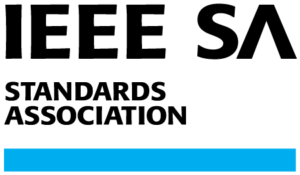May 2022

I am sincerely excited to co-chair the Power & Energy Vertical Track at the 2022 IEEE World Forum on Internet-of-Things (WF IoT), in Yokohama, Japan, coming November. I have happily chaired the same track in the last installment of the WF and I look forward to putting together multiple sessions of researchers and experts on all things (“Internet of… things” – see what I did there?) energy and power systems.
My track co-chair Sérgio Ivan Lopes, Technology and Management School of the Polytechnic Institute of Viana do Castelo (ESTG-IPVC), and I will be reaching out to many of you who can contribute to the subjects of interest. The contributions may also be remote/online. A paper track is planned, too, and I will be updating this announcement with submission and deadline details soon.
If you want to nominate yourself or someone you know as a contributor to the Energy & Power Vertical Track of the 2022 IEEE WF on IoT, please reach out. I will be delighted to have you!
